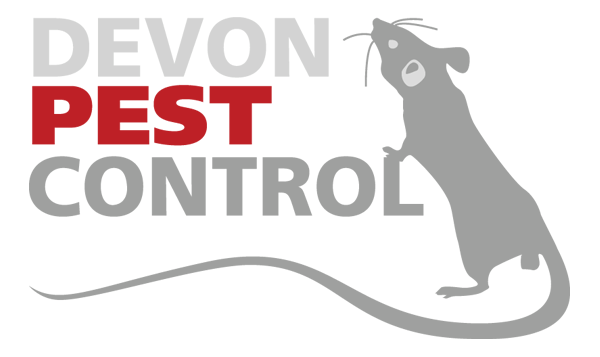Mole Control
Spring time is a prime time for mole activity. Breeding season for moles is usually between February and May, which is why Spring is a busy time for them.
What do they look like?
-Small mammals
-Round furry bodies
-Long nose, very tiny ears and eyes
-Usually dark brown or black in colour with pink paws and nose
-Their front arms and paws are very strong due to being used for digging. Their front paws are almost ‘shovel’ shaped in order to assist them with their digging tunnels
Moles are problematic due to the havoc they can cause to your lawn. In order to search for food or for a mate, they will dig tunnels at a very quick rate to move from different locations. As they dig the tunnels, they also create molehills. They are mounds of earth that appear on top of the lawn. These molehills are not only unsightly, but they can affect the stability of the lawn and create uneven ground which may be dangerous to those walking on it. Whilst moles are creating tunnels, they can also bring stones and rocks to the surface which can cause damage to your lawn mower for example.
Moles are carnivores and they like to eat earthworms the most. They will eat a multitude of other insects too, but fortunately they will not touch any vegetables or plants in the garden.
If you think you have a problem with moles, then we strongly suggest giving us a call. Moles can be tricky to deal with and can become a much bigger problem if they are left.






